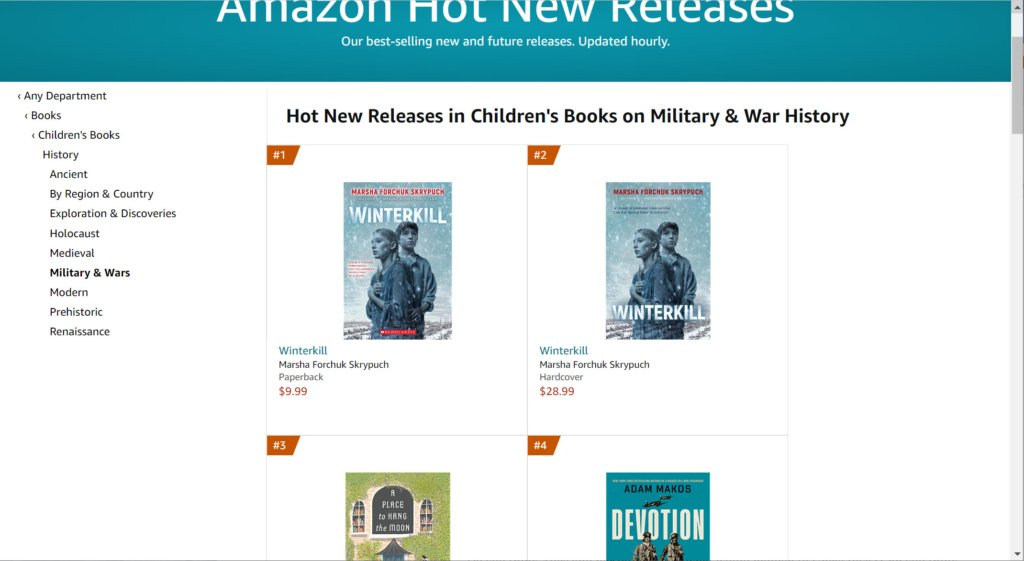
Winterkill #1 and #2 hot new release on Amazon.ca

writes about war from a young person's view #bannedbyrussia

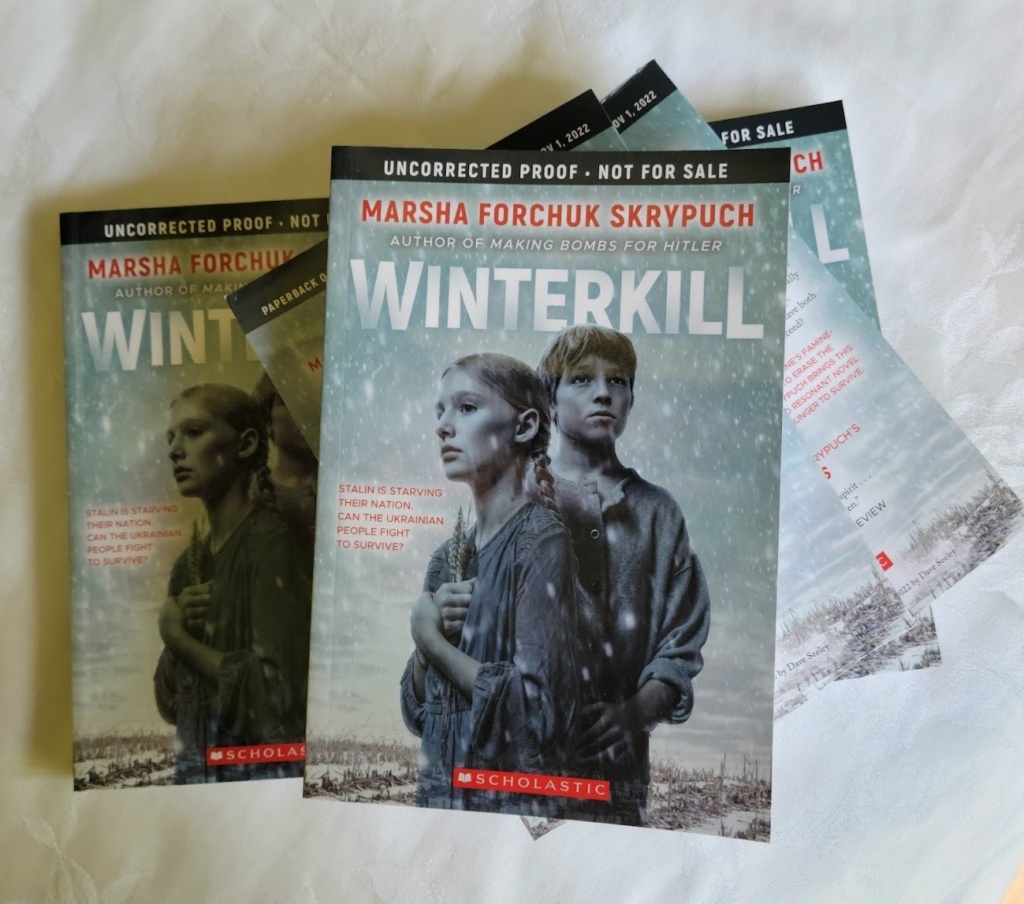
Here’s a recent Amazon.com “review” of Don’t Tell the Nazis: This should not be permitted in our school library. This is not a children’s book. It describes in graphic detail violence against women and children. My child brought this home and we have gone chapter by chapter writing a summary for his class, but I should have investigated the content prior to him using this book. I will be speaking to the school board and superintendent about the removal of any of this disturbed author’s works.
Within hours of the above “review” being posted, someone trolled through my Goodreads list and left a comment on my review of a piece of old Soviet propaganda published in book form titled Famine, Fraud and Fascism: The Ukrainian Genocide Myth from Hitler to Harvard. It’s long been part of the Soviet (and now Putin) playbook to label Ukrainians as fascists and therefore killable. Before WWII, they were labeled kulaks to identify them as “enemies of the people” and a killable group. In the 1930s, using this propaganda method, the Stalinists killed millions of Ukrainians by starving them. My review of this book was simple. I gave it a single star and noted that it was hate propaganda. The troller’s comment was, “found the kulak”. Everything old is new again.
When one writes books on topics that others won’t touch, it’s a given that some people will direct hate your way. I’m not a shrinking violet, but thought the timing was interesting. Two attacks within hours of someone like me, a mere children’s writer. Multiply this by all of the other Russian information warfare out there. Smells of desperation.
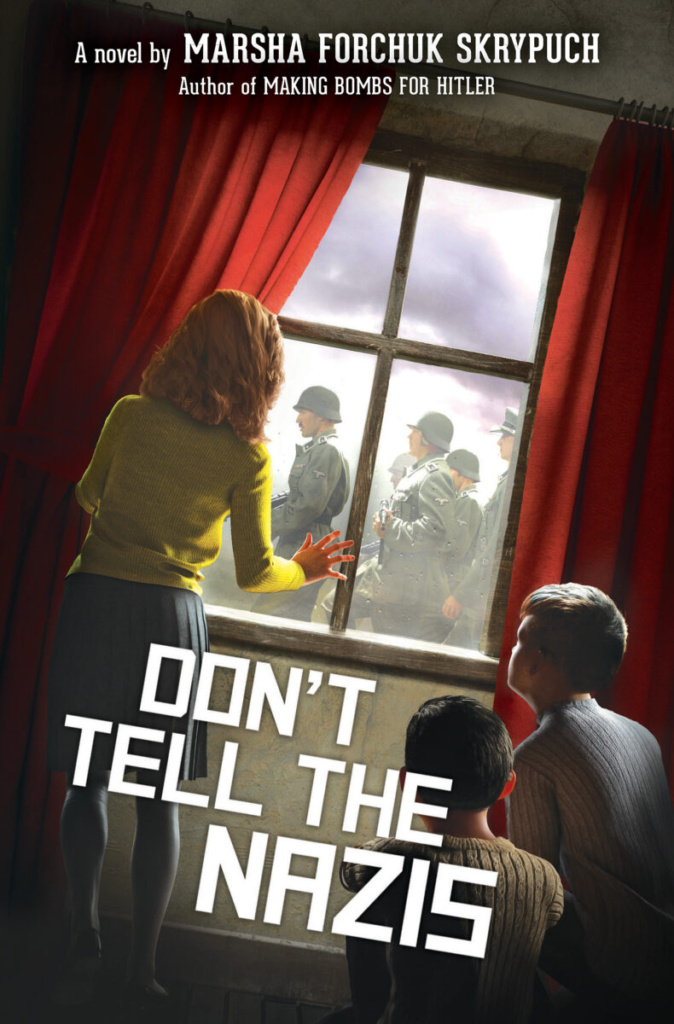
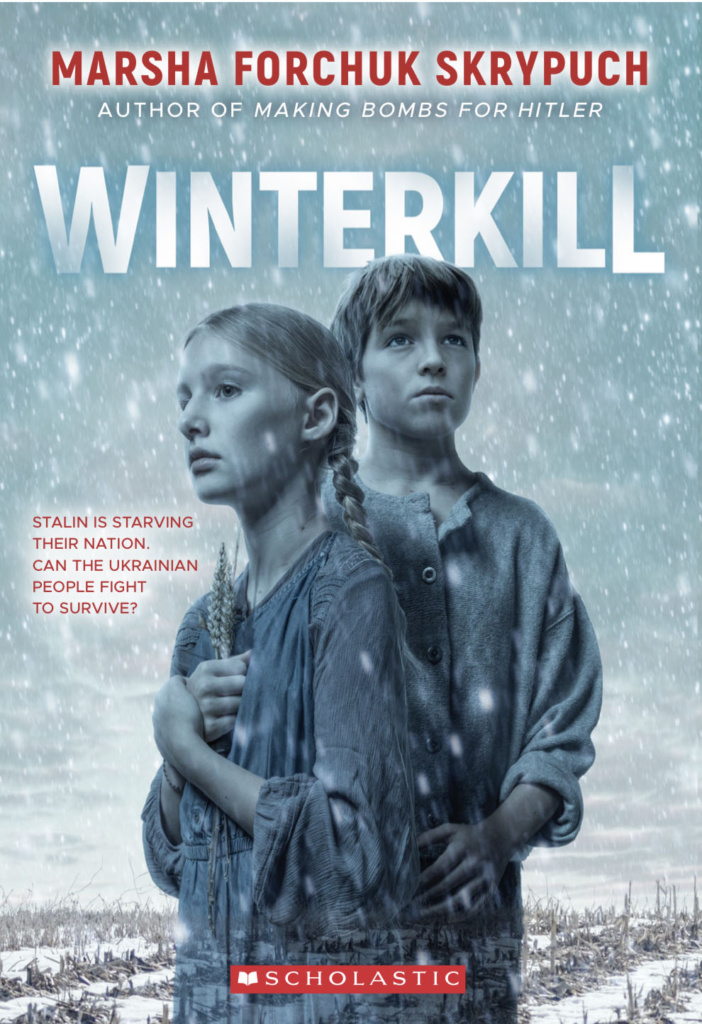
Nyl is just trying to stay alive. Ever since the Soviet dictator, Stalin, started to take control of farms like the one Nyl’s family lives on, there is less and less food to go around. On top of bad harvests and a harsh winter, conditions worsen until it’s clear the lack of food is not just chance… but a murderous plan leading all the way to Stalin.
Alice has recently arrived from Canada with her father, who is here to work for the Soviets… until they realize that the people suffering the most are all ethnically Ukrainian, like Nyl. Something is very wrong, and Alice is determined to help.
Desperate, Nyl and Alice come up with an audacious plan that could save both of them—and their community. But can they survive long enough to succeed?
Known as the Holodomor, or death by starvation, Ukraine’s Famine-Genocide in the 1930s was deliberately caused by the Soviets to erase the Ukrainian people and culture. Marsha Forchuk Skrypuch brings this lesser-known, but deeply resonant, historical world to life in a story about unity, perseverance, and the irrepressible hunger to survive.
HREC ED teaching resources on the Holodomor here.
Support your local Canadian independent bookseller with this link:
Rather shop on Amazon? Here’s the universal book link.
Reviews:
New York Times: Skrypuch handles difficult themes with intelligence and honesty
Historical Novel Society: This is an excellent and terrible book. Well-written, it includes convincing and sympathetic characters, and it bears witness to an awful historical event: Stalin’s partially successful attempt between 1930 and 1933 to starve Ukraine to death. Its author, Marsha Forchuk Skrypuch, is, in her own words, “fierce in her pursuit of truth.”
School Library Connection: This fast-paced novel will engage readers who will easily relate to Nyl and his siblings. The death by starvation of the millions of people of Ukraine is a relatively unknown historical fact
but important in understanding the will of the current Ukrainian people to resist Putin and contemporary Russia.
Publishers Weekly: A timely, hard-hitting novel.
Canadian Materials: Highly Recommended
Helen Kubiw’s CanlitforlittleCanadians: Winterkill is a big story. It is so big that I can’t possibly reveal all the details and nuances of Marsha Forchuk Skrypuch’s story in a short review. There are good people and evil ones, both Ukrainian and Russian. There is joy and heartache, resourcefulness and laziness, greed and generosity. And there is oppression. Though much of Winterkill deals with the Holodomor, the 1932-1933 genocide of Ukrainians by starvation, it’s a story that’s bigger than that. It’s about that oppression of people and culture. There is resilience, as Nyl demonstrates with his story, but there is death and destruction and horrific suffering. And Marsha Forchuk Skrypuch tells it with such authenticity that this book of historical fiction could be a biography. Still, she tells it with sensitivity and compassion and allowed this Ukrainian-Canadian to read it with appreciation, albeit filled with sorrow.
Dear educators, thank you for all that you’re doing to assist your students during this scary and isolating time. Many of you have contacted me, asking if you can record yourself reading from my books. Here’s Scholastic‘s temporary relaxed policy on this, as well as a similar one from Pajama Press.
I cannot give you PDF files of my books.
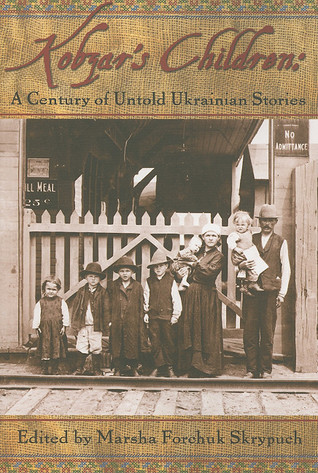
However, I own the copyright on two short stories that were originally published in my anthology, Kobzar’s Children. PDF files for both are posted below. Share them with your students. Print them off if you want. I do ask that you acknowledge me as the author and I’d love it if you let me know when you’ve used my stories.
The Red Boots: this was the very first story I ever wrote and it’s based on an incident in my father’s prairie childhood.
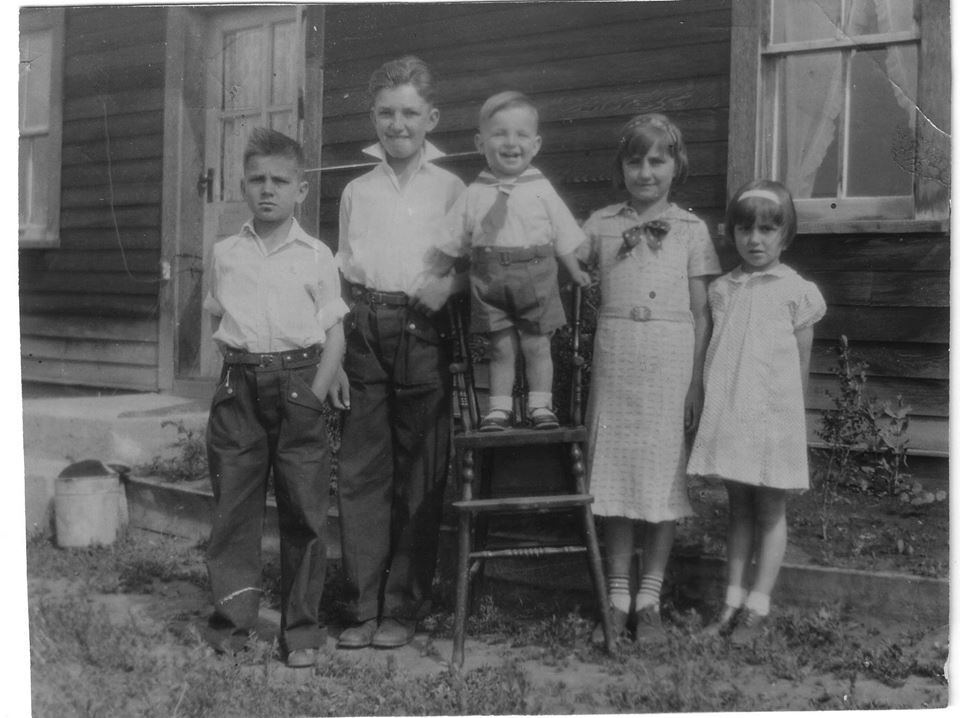
The Rings: this story is set during the Holodomor, the intentional starvation of millions of Ukrainians in the 1930s by Stalin and the Soviet Union. This story is based on first person accounts and was originally a long sequence in an early draft of my novel, Hope’s War.
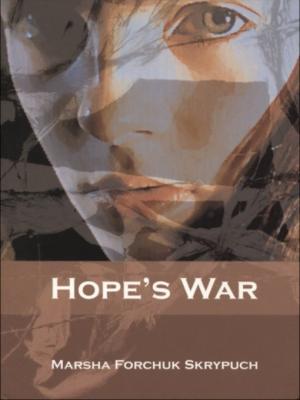
Other resources? Check out these trailers for my books, but also the reading from Too Young to Escape, and me reading the first lines from a bunch of my favourite books.
Want to see how I’ve been spending my time in isolation? Check out my pysanky.
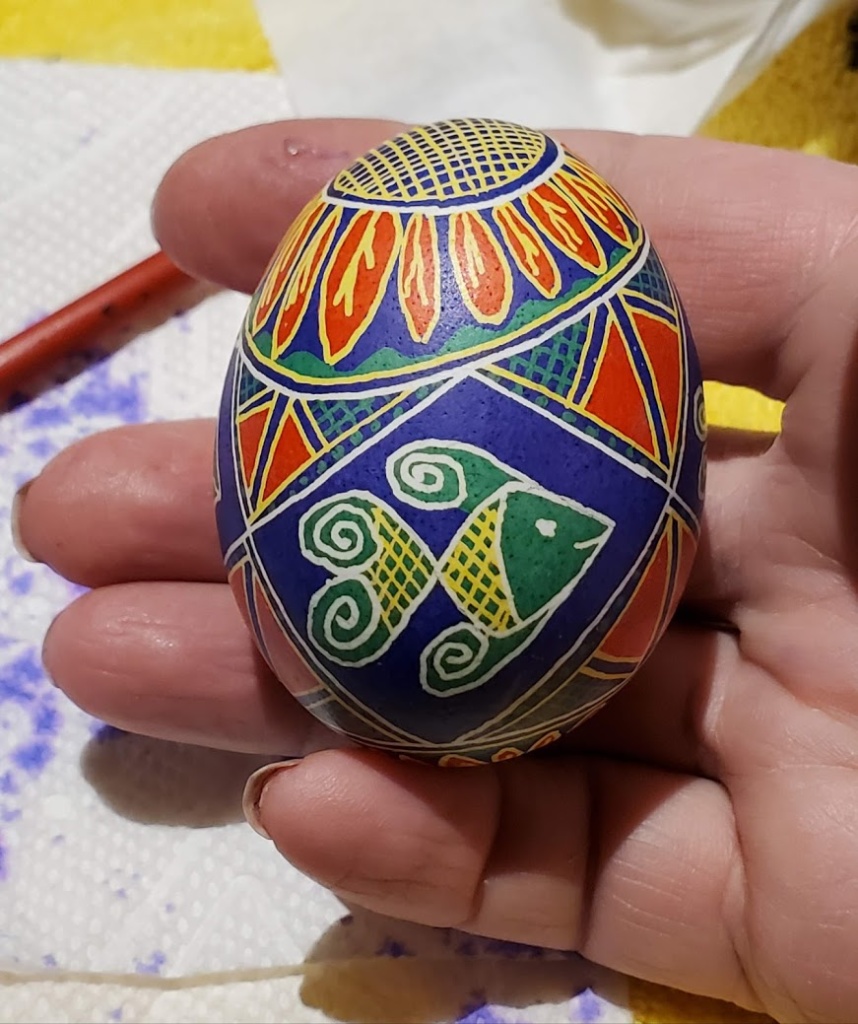
This story, set during the Famine of the 1930s, tells of a young girl’s attempts to save her village from starvation. Marusia’s ingenuity gives her the opportunity to go on a magical journey to the North American Prairies to find more food for her village. Generosity triumphs over greed in this spirited Ukrainian folktale.
Continue reading “Enough”
From this interview.
On April 24, 2015, Armenians around the world will mark the 100th anniversary of the Armenian Genocide, a systematic campaign by Turkish leaders in the Ottoman Empire to remove the empire’s Christian Armenian population. As evidenced by recent headlines, the subject is controversial today because the Turkish government denies that these deportations and killings can be labelled “genocide.” Continue reading “Writing YA books about the Armenian Genocide”
 by Marsha Skrypuch
by Marsha Skrypuch
art by Michael Martchenko
Fitzhenry & Whiteside 2000
isbn 1-55041-509-3
Generosity triumphs over greed…
Continue reading “Enough — Teacher’s Guide”
The Ukrainian Museum in New York is hosting an exhibit on the Holodomor, starting on Tuesday.
Stalin boasted privately that 10 million people – 25% of Ukraine’s population – had perished during the Holodomor. At least 3 million of the victims were children.
Despite the magnitude of the atrocity, the Soviet regime, behind its Iron Curtain, denied the existence of the Holodomor for decades, denouncing any reports as “anti-Soviet propaganda.” It was not until the breakup of the Soviet Union in 1991 and the subsequent establishment of an independent Ukraine that the contents of many sealed government archives were uncovered, exposing a wealth of gruesome information.
Much of that information is included in Holodomor: Genocide by Famine, which consists of 96 panels of photographs, documents, government reports, eyewitness accounts, and other archival material detailing virtually every aspect of the tragedy.
The photo below shows peasants swarming a railroad station in 1933, trying to get to cities in search of food. From: The Ukrainian Museum Archives.
